Home>Gardening & Outdoor>Outdoor Structures>What Kind Of Foundation Do I Need For A Shed
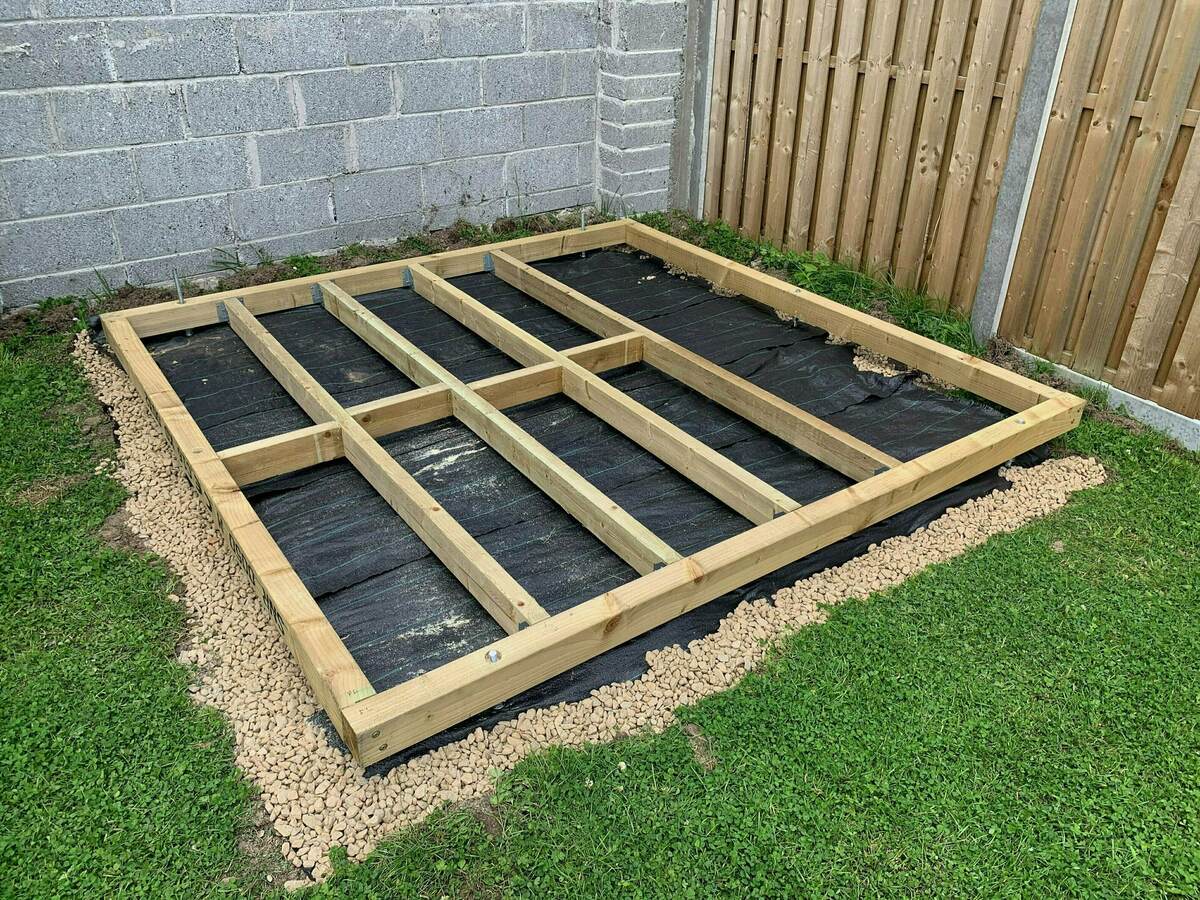

Outdoor Structures
What Kind Of Foundation Do I Need For A Shed
Published: January 20, 2024
Find out the ideal foundation for your shed with our expert guide. Explore the best options for outdoor structures and ensure a sturdy base for your project.
(Many of the links in this article redirect to a specific reviewed product. Your purchase of these products through affiliate links helps to generate commission for Storables.com, at no extra cost. Learn more)
Introduction
Building a shed in your backyard can be an exciting and rewarding project. Whether you plan to use it for storage, as a workshop, or as a cozy retreat, the foundation is a critical aspect of the shed’s construction. A well-built foundation not only ensures the structural integrity of the shed but also contributes to its longevity and stability. When determining the type of foundation needed for your shed, there are several factors to consider, including local building codes, shed size and weight, soil type and drainage, climate and weather conditions, shed materials, as well as budget and cost considerations. By carefully evaluating these factors, you can make an informed decision that will result in a durable and reliable foundation for your shed.
Key Takeaways:
- Choose the right shed foundation by considering local building codes, shed size, soil type, climate, materials, and budget. It ensures stability, longevity, and compliance with regulations for a successful shed project.
- Understanding the shed’s size, weight, soil type, and climate helps in selecting the best foundation type. It ensures the shed’s stability, durability, and resilience against environmental challenges.
Read more: How Do I Build A Shed Foundation
Local Building Codes and Regulations
Before embarking on any construction project, it’s crucial to familiarize yourself with the local building codes and regulations in your area. These codes dictate the specific requirements for constructing sheds, including the type of foundation permitted. Some areas may have strict guidelines regarding the depth and type of foundation, anchoring methods, and load-bearing capacity. Failure to adhere to these regulations can result in costly fines and the potential demolition of the shed.
Local building codes also consider factors such as environmental impact, property lines, and proximity to other structures. For instance, if your shed is located in a flood-prone area, the building codes may stipulate a specific foundation type to mitigate flood damage. Additionally, setback requirements from property lines and other structures may influence the placement and design of the shed’s foundation.
It’s advisable to consult with your local building authority or a qualified professional to ensure compliance with the relevant codes and regulations. By doing so, you can avoid potential legal issues and build your shed with confidence, knowing that it meets all necessary requirements.
Shed Size and Weight
When determining the foundation for your shed, the size and weight of the structure play a significant role in the decision-making process. Larger sheds with substantial weight require a more robust foundation to support the structure and distribute the load evenly. Similarly, smaller sheds may necessitate a less complex foundation, depending on their intended use and the local soil conditions.
For larger sheds or those intended to store heavy equipment or machinery, a concrete slab foundation is often recommended. This type of foundation provides exceptional strength and stability, making it suitable for supporting substantial weight. Additionally, the thickness of the concrete slab will depend on the shed’s size and the anticipated loads it will bear. Proper reinforcement, such as rebar or wire mesh, may also be required to enhance the slab’s structural integrity.
On the other hand, smaller sheds or those used for lightweight storage or as a workspace may be adequately supported by a gravel or concrete pier foundation. This type of foundation consists of concrete piers or blocks strategically placed to support the shed’s weight. The number and placement of piers are determined by the shed’s dimensions and the load-bearing requirements.
Understanding the size and weight of your shed is essential for selecting the appropriate foundation that will provide the necessary support and durability. By evaluating these factors, you can ensure that your shed’s foundation is tailored to meet the specific demands of the structure, ultimately contributing to its longevity and structural integrity.
Soil Type and Drainage
The soil type and drainage conditions of your property have a significant impact on the selection of an appropriate foundation for your shed. Understanding these factors is crucial for ensuring the stability and longevity of the structure.
Firstly, the soil type influences the load-bearing capacity of the ground. For instance, clay soils have different load-bearing capabilities compared to sandy or rocky soils. Conducting a soil test or consulting with a geotechnical engineer can provide valuable insights into the soil’s composition and its ability to support the intended foundation. In areas with expansive clay soils, special considerations may be necessary to prevent foundation movement and structural damage caused by soil expansion and contraction.
Furthermore, proper drainage is essential for preserving the integrity of the shed’s foundation. Inadequate drainage can lead to water accumulation around the foundation, potentially causing erosion, soil instability, and even structural damage over time. To address drainage concerns, it may be necessary to implement measures such as grading the site to direct water away from the shed, installing a French drain system, or incorporating proper sloping in the foundation design to facilitate water runoff.
When selecting the foundation type, the soil type and drainage conditions should be carefully evaluated to determine the most suitable solution. For example, in areas with poor drainage or high water tables, a raised foundation or a reinforced concrete slab with proper waterproofing may be recommended to mitigate potential water-related issues.
By considering the soil type and drainage characteristics of your property, you can make informed decisions regarding the shed’s foundation, ensuring that it is well-suited to the site-specific conditions and capable of withstanding the challenges posed by the soil and water dynamics.
You will need a solid, level foundation for your shed. Consider using a concrete slab, gravel pad, or pressure-treated wood beams. Make sure the foundation is larger than the shed to provide proper support.
Climate and Weather Conditions
The climate and weather conditions in your region play a pivotal role in determining the most suitable foundation for your shed. Factors such as temperature fluctuations, precipitation, wind loads, and the potential for extreme weather events must be carefully considered to ensure the shed’s foundation can withstand the environmental challenges it may encounter.
In regions prone to freezing temperatures, the foundation design must account for frost heave, which occurs when the ground freezes and expands, exerting upward pressure on the foundation. In such areas, a deep foundation or insulated concrete footings may be necessary to prevent frost-related damage and maintain the shed’s stability.
High-wind areas require foundations capable of resisting uplift forces to prevent the shed from being displaced or damaged during storms. Anchoring systems, such as ground anchors or concrete piers with embedded anchor straps, may be recommended to secure the shed and prevent wind-induced structural failure.
Additionally, regions with heavy rainfall or high humidity levels necessitate foundations that can withstand moisture exposure and prevent water infiltration. Proper waterproofing and drainage solutions, including the use of moisture barriers, perimeter drains, and elevated foundations, may be essential to protect the shed from water-related deterioration and structural compromise.
Understanding the specific climate and weather conditions in your area enables you to tailor the shed’s foundation to meet the demands imposed by the local environment. By addressing these factors proactively, you can enhance the shed’s resilience and longevity, ensuring it remains structurally sound and capable of withstanding the rigors of the prevailing climate and weather patterns.
Read more: What Size Shed Do I Need
Shed Materials
The choice of materials used in constructing the shed directly influences the foundation requirements, as different materials have varying weight distributions and structural demands. Whether your shed is built with wood, metal, vinyl, or a combination of materials, it’s essential to consider how the chosen materials impact the foundation design and load-bearing capacity.
Wooden sheds, for example, are relatively lightweight compared to metal or vinyl structures. As a result, the foundation for a wooden shed may not require the same level of structural support as a heavier metal shed. However, it’s important to account for potential moisture exposure and the risk of wood decay, which may necessitate a foundation design that minimizes ground contact and incorporates protective measures against moisture infiltration.
Metal sheds, on the other hand, are durable and resistant to pests and decay but tend to be heavier than their wooden counterparts. This increased weight may require a sturdier foundation, such as a reinforced concrete slab or a series of robust piers, to adequately support the shed and distribute the load across the underlying soil.
Vinyl sheds offer low maintenance and weather-resistant qualities, but their weight and structural requirements fall between those of wooden and metal sheds. The foundation design for a vinyl shed should consider the shed’s weight distribution and the need for a stable, level base to ensure the longevity and stability of the structure.
By carefully evaluating the materials used in constructing the shed, you can determine the most appropriate foundation type and design to accommodate the specific characteristics and demands of the chosen materials. This tailored approach ensures that the shed’s foundation aligns with the structural requirements dictated by the selected materials, ultimately contributing to the shed’s overall performance and durability.
Budget and Cost Considerations
When planning the foundation for your shed, budget and cost considerations play a significant role in the decision-making process. The choice of foundation type, materials, and construction methods can impact the overall project expenses, making it essential to evaluate the financial implications of various options.
Concrete slab foundations, while offering exceptional strength and durability, often entail higher material and labor costs compared to alternative foundation types. The excavation, formwork, concrete pouring, and finishing processes contribute to the overall expenses associated with this type of foundation.
Alternatively, gravel or concrete pier foundations may present a more cost-effective solution, particularly for smaller sheds or those with lighter weight requirements. These foundation types typically involve less extensive excavation and material usage, potentially resulting in reduced construction costs.
It’s important to consider the long-term cost implications when selecting the shed’s foundation. While certain foundation types may involve higher initial expenses, they may offer increased durability and require minimal maintenance over the shed’s lifespan, potentially offsetting future repair or replacement costs.
Furthermore, consulting with experienced contractors or foundation specialists can provide valuable insights into cost-effective foundation options that align with your budget while meeting the structural requirements of the shed. Exploring different construction techniques, materials, and foundation designs allows you to make informed decisions that balance cost considerations with the need for a reliable and durable foundation.
By carefully assessing the budget and cost implications of the shed’s foundation, you can make strategic choices that optimize the project’s financial efficiency without compromising the structural integrity and longevity of the shed.
Conclusion
Constructing a shed with a suitable foundation is a vital investment that requires thoughtful consideration of various factors, including local building codes, shed size and weight, soil type and drainage, climate and weather conditions, shed materials, as well as budget and cost considerations. By addressing these elements, you can ensure that the shed’s foundation is tailored to meet the specific demands of the site and the structure, ultimately contributing to its stability, longevity, and performance.
Adhering to local building codes and regulations is paramount, as it ensures compliance with the necessary standards and safeguards against potential legal and structural issues. Understanding the shed’s size and weight enables the selection of an appropriate foundation that provides the necessary support and load-bearing capacity, tailored to the specific requirements of the structure.
Considering the soil type and drainage conditions of the property is essential for mitigating potential foundation-related challenges, such as soil instability and water infiltration. Similarly, accounting for the prevailing climate and weather conditions allows for the implementation of foundation designs that can withstand environmental stresses, such as frost heave, high winds, and moisture exposure.
The choice of shed materials directly influences the foundation requirements, with different materials necessitating varying levels of structural support and protective measures. By evaluating the shed materials, you can determine the most suitable foundation type and design to accommodate the specific characteristics and demands of the chosen materials.
Finally, budget and cost considerations play a crucial role in the foundation selection process, guiding the exploration of cost-effective options that align with financial constraints while meeting the shed’s structural requirements. By balancing budget considerations with the need for a reliable and durable foundation, you can optimize the project’s financial efficiency without compromising the shed’s long-term performance.
In conclusion, a well-planned and executed foundation is fundamental to the structural integrity and longevity of a shed. By thoroughly evaluating the aforementioned factors and making informed decisions, you can ensure that the shed’s foundation is tailored to meet the specific demands of the site and the structure, ultimately contributing to its stability, longevity, and overall functionality.
Frequently Asked Questions about What Kind Of Foundation Do I Need For A Shed
Was this page helpful?
At Storables.com, we guarantee accurate and reliable information. Our content, validated by Expert Board Contributors, is crafted following stringent Editorial Policies. We're committed to providing you with well-researched, expert-backed insights for all your informational needs.
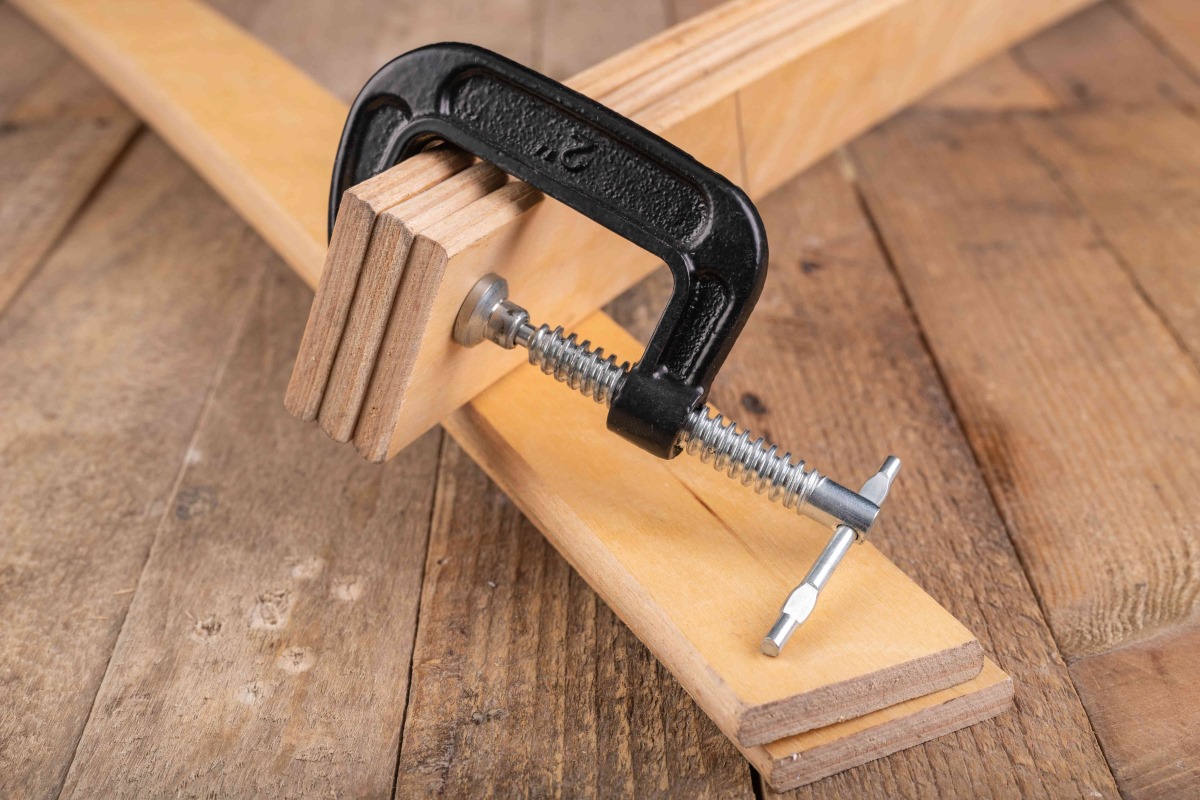



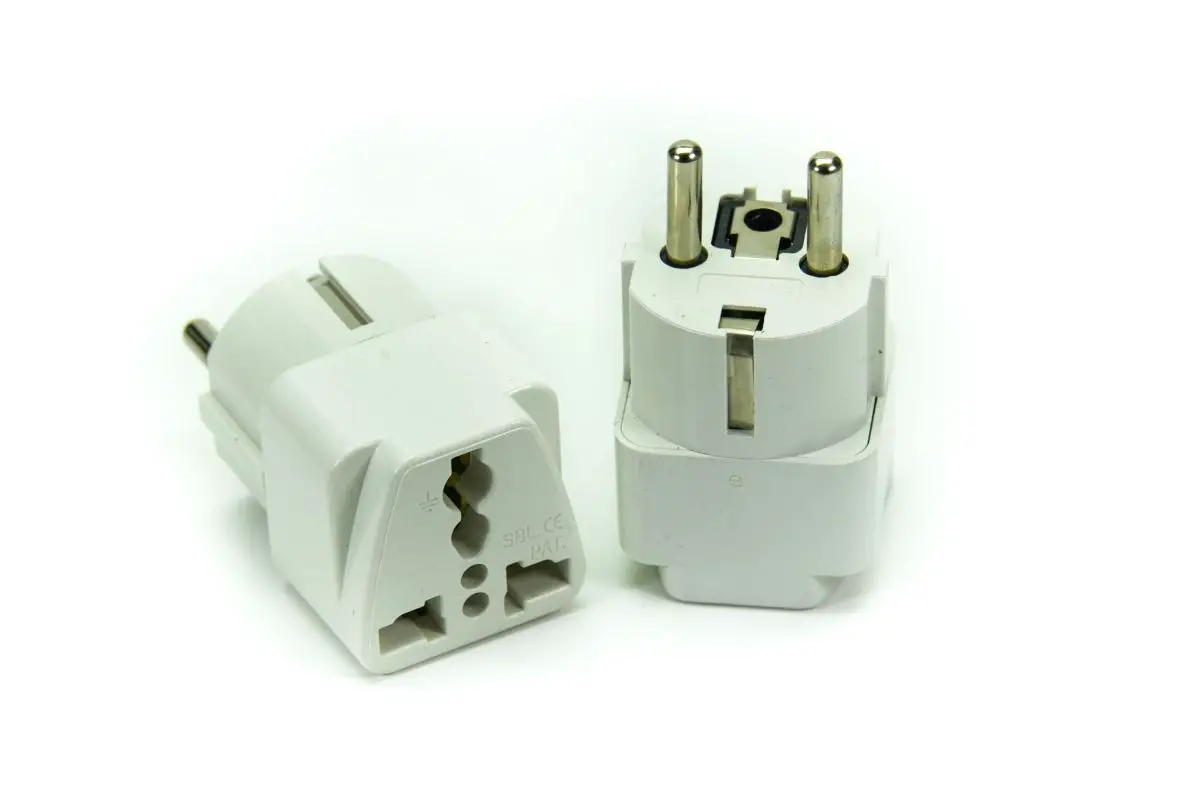
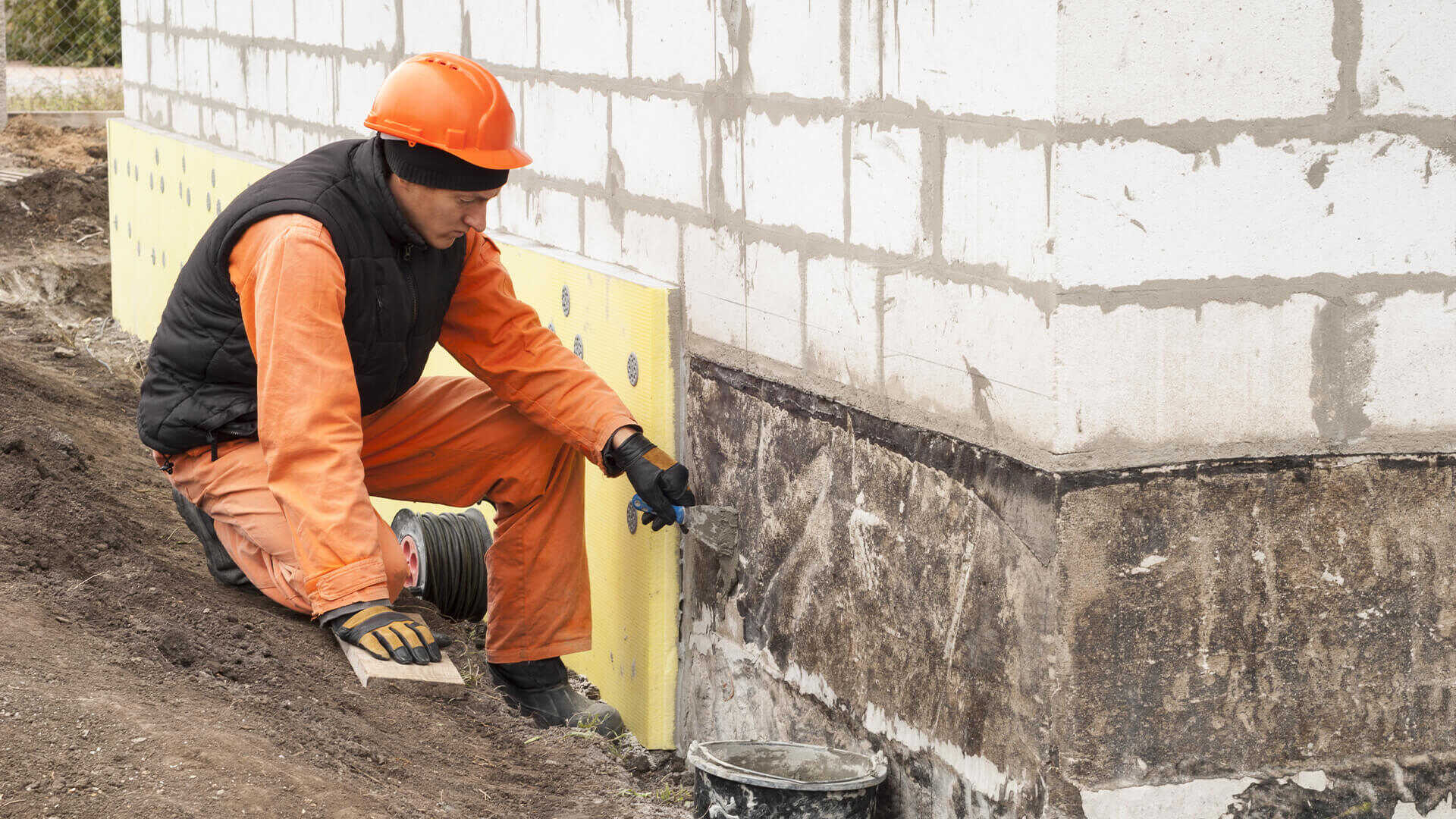

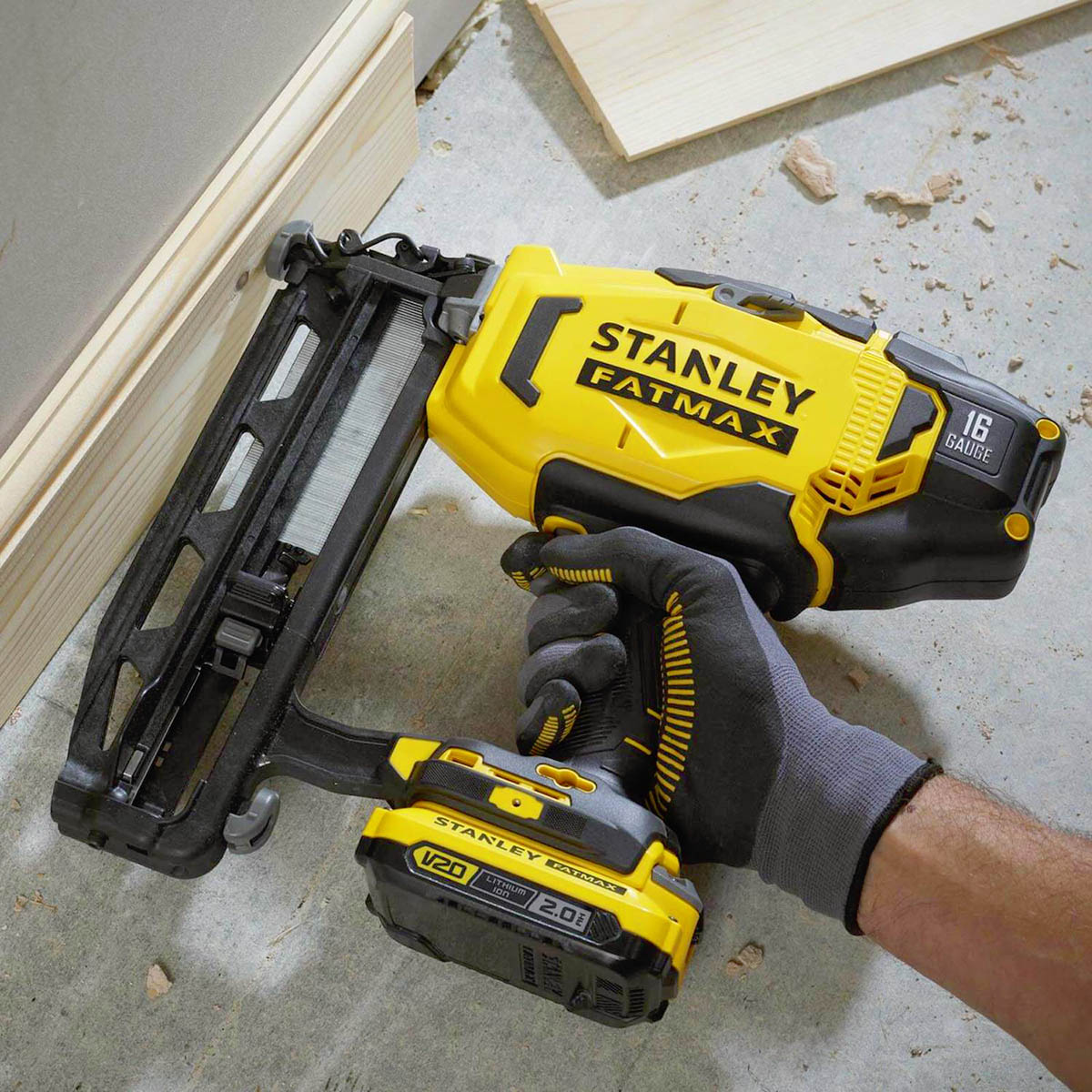
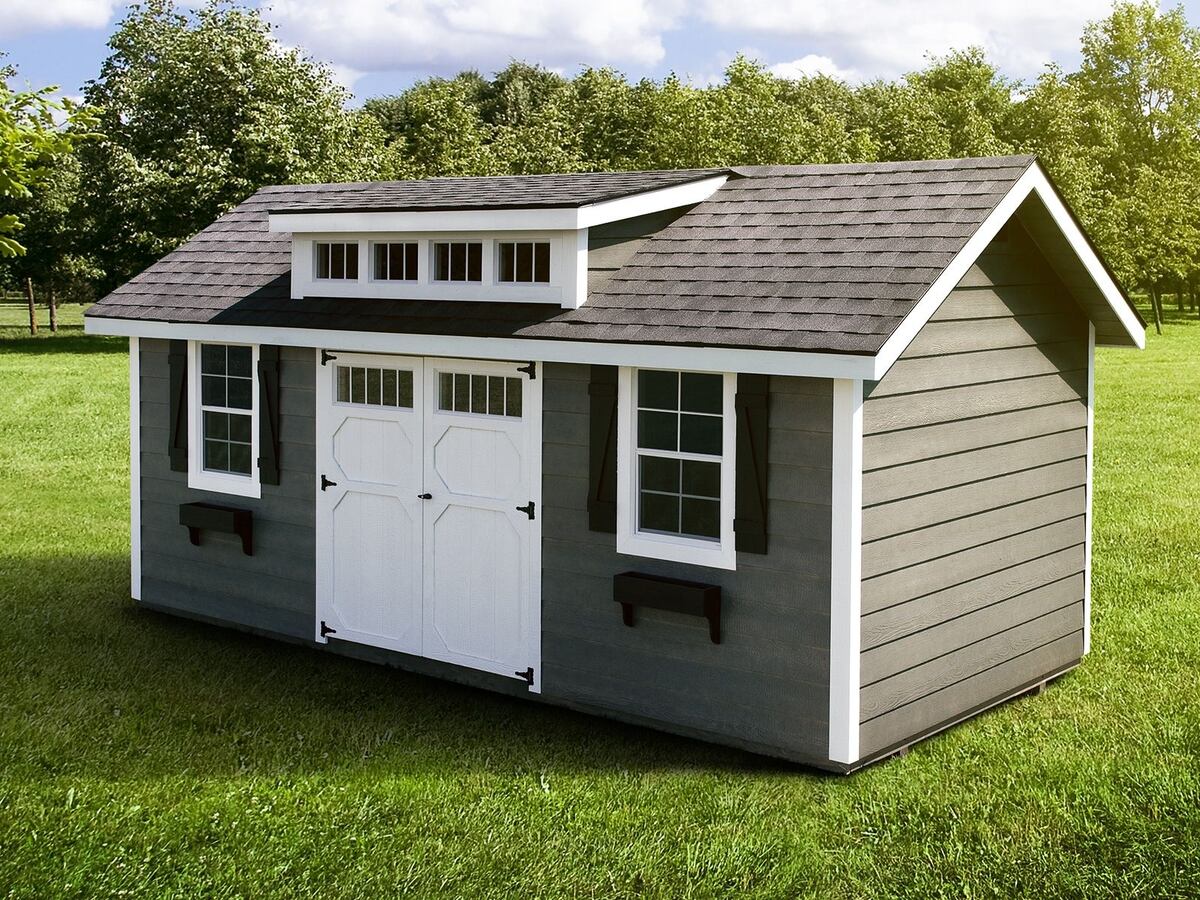




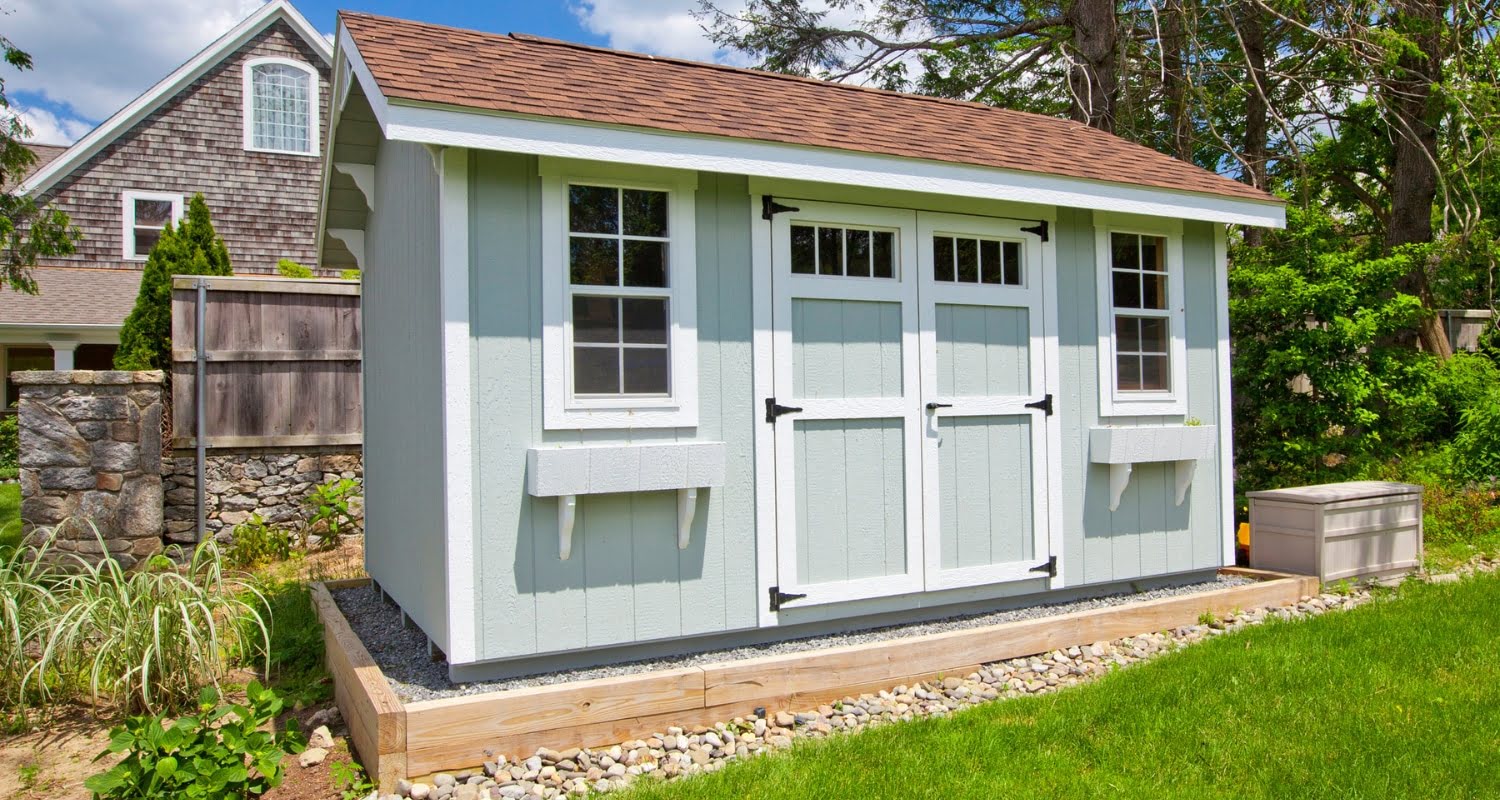

0 thoughts on “What Kind Of Foundation Do I Need For A Shed”